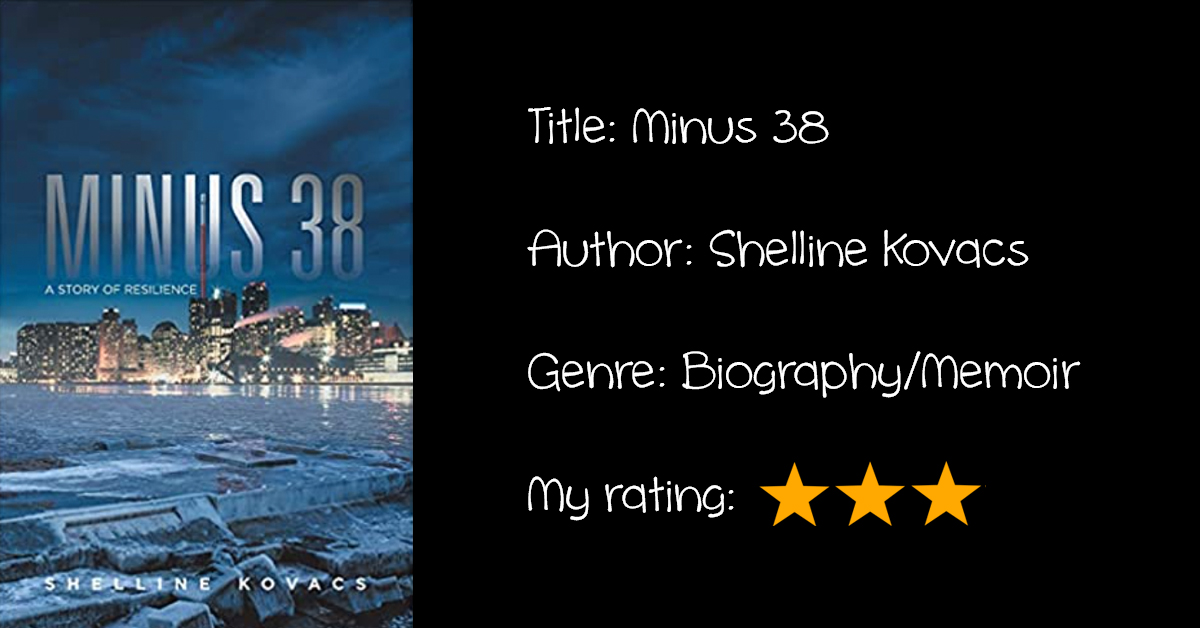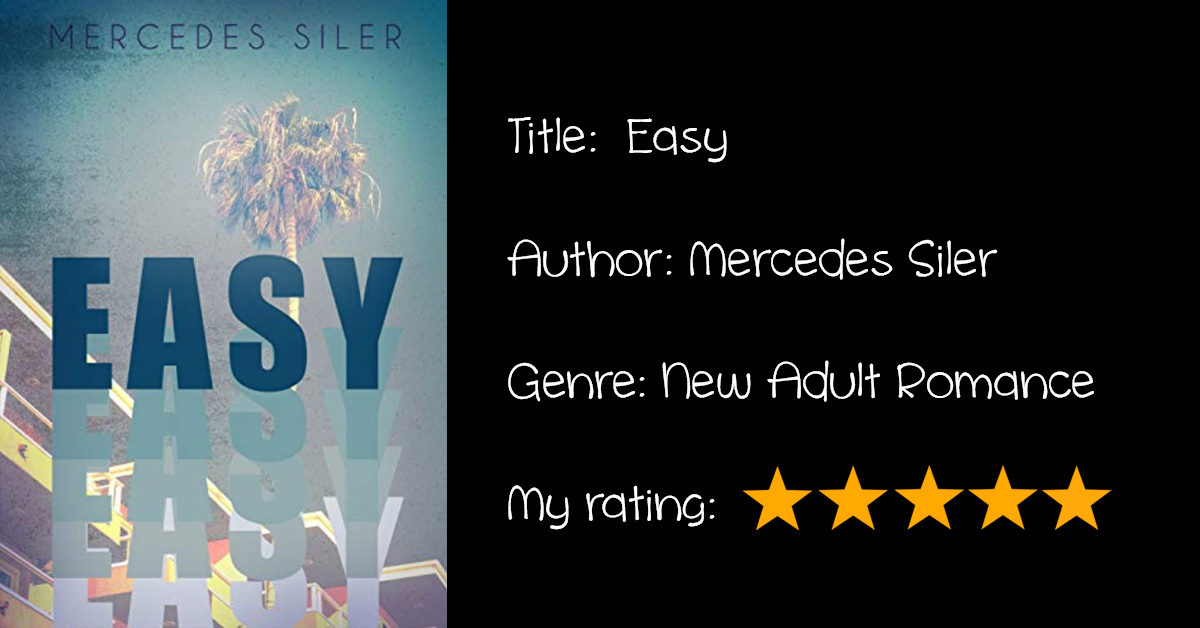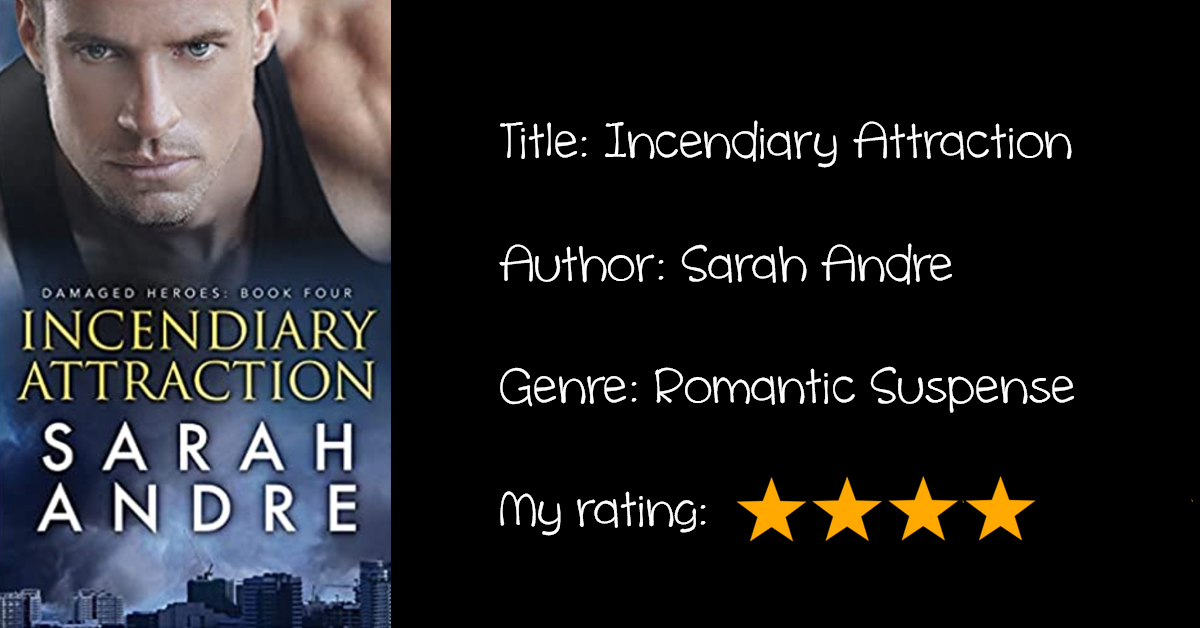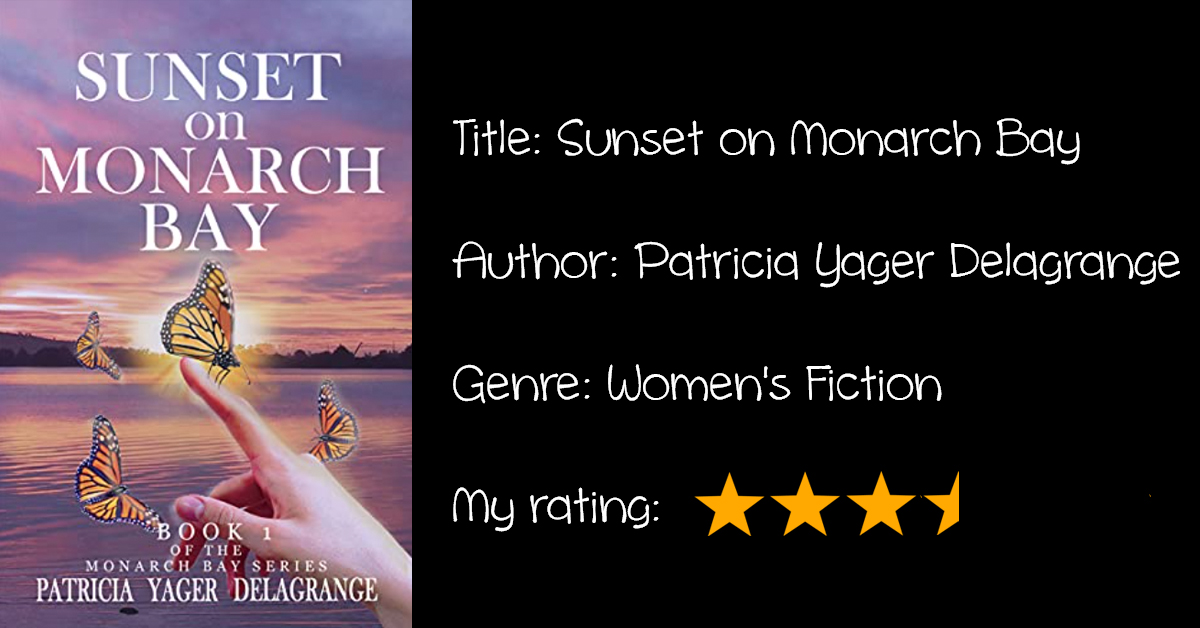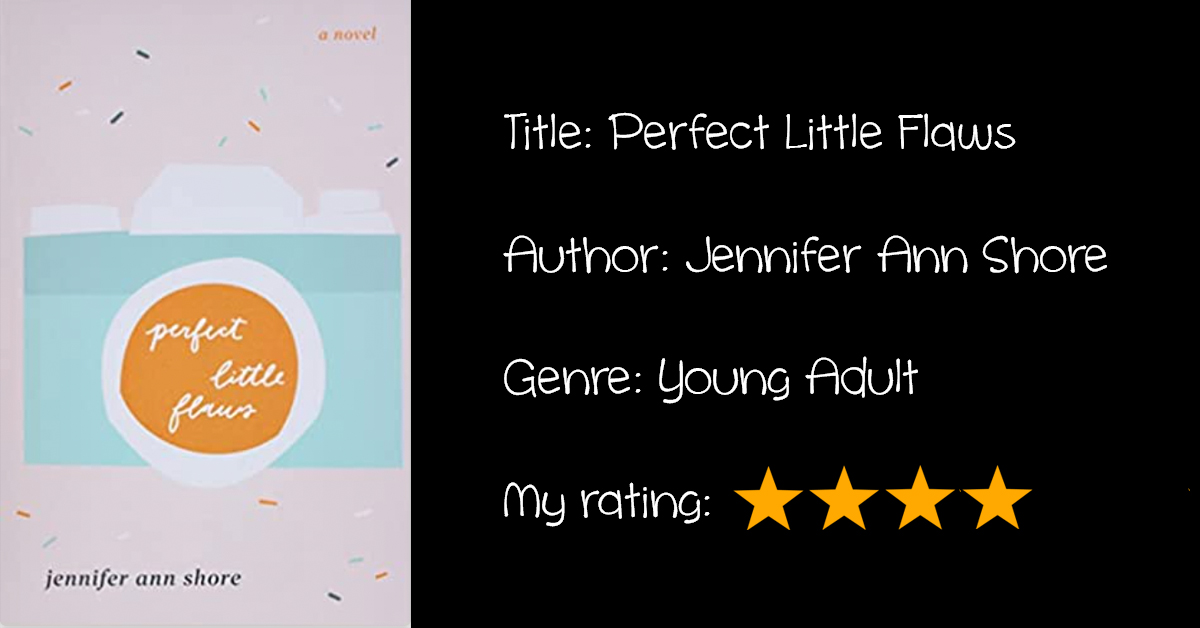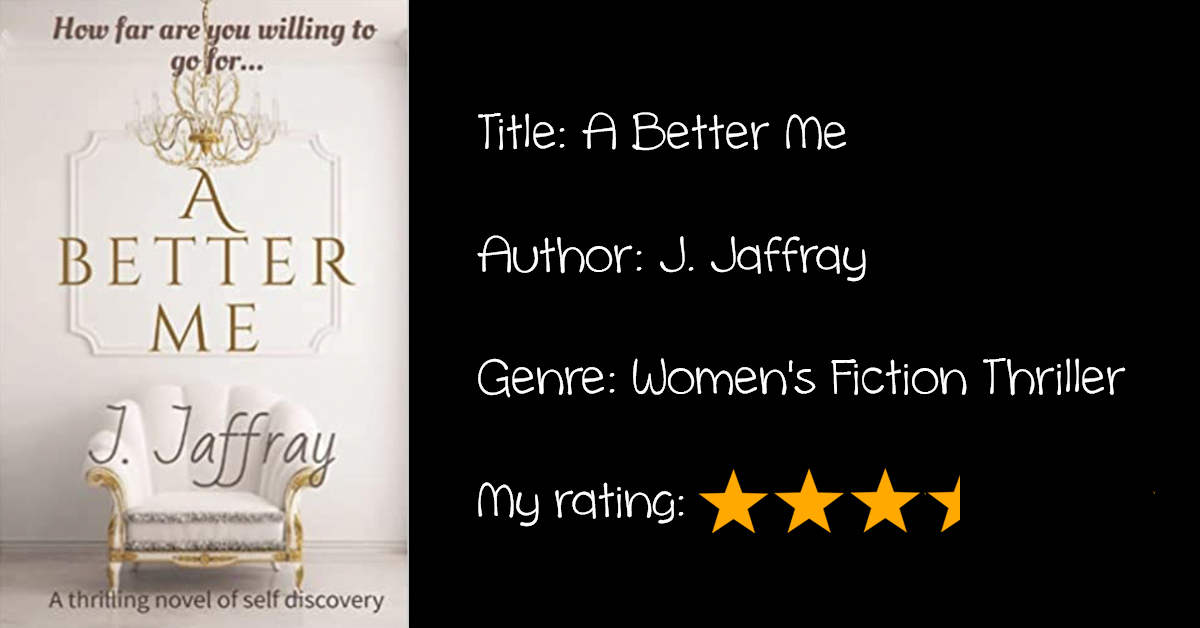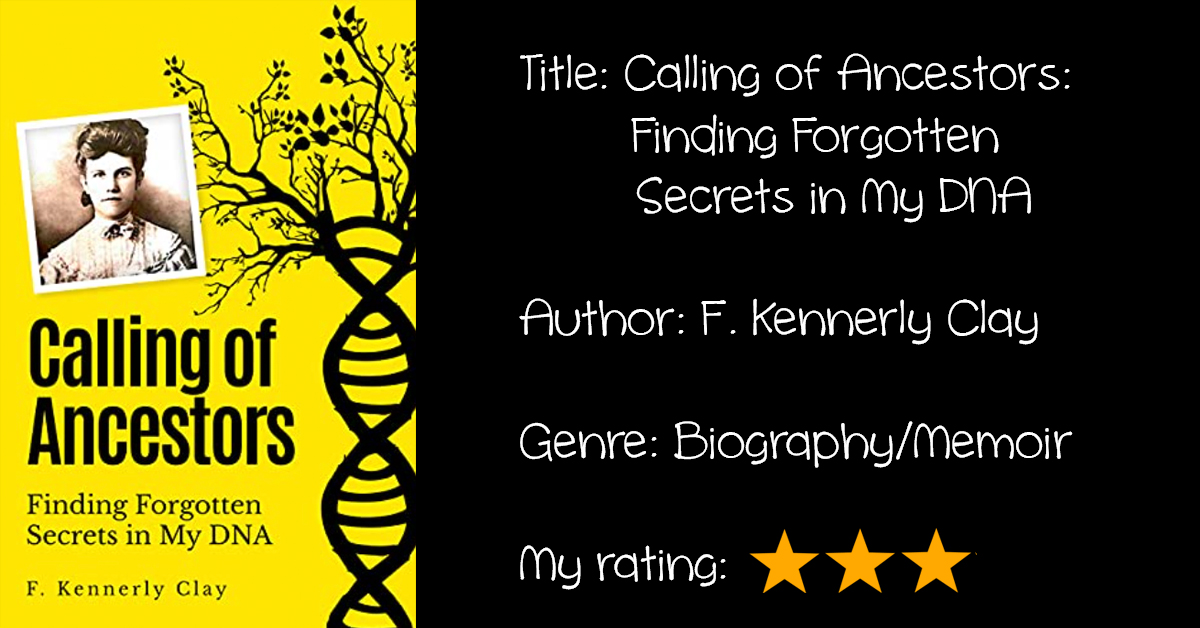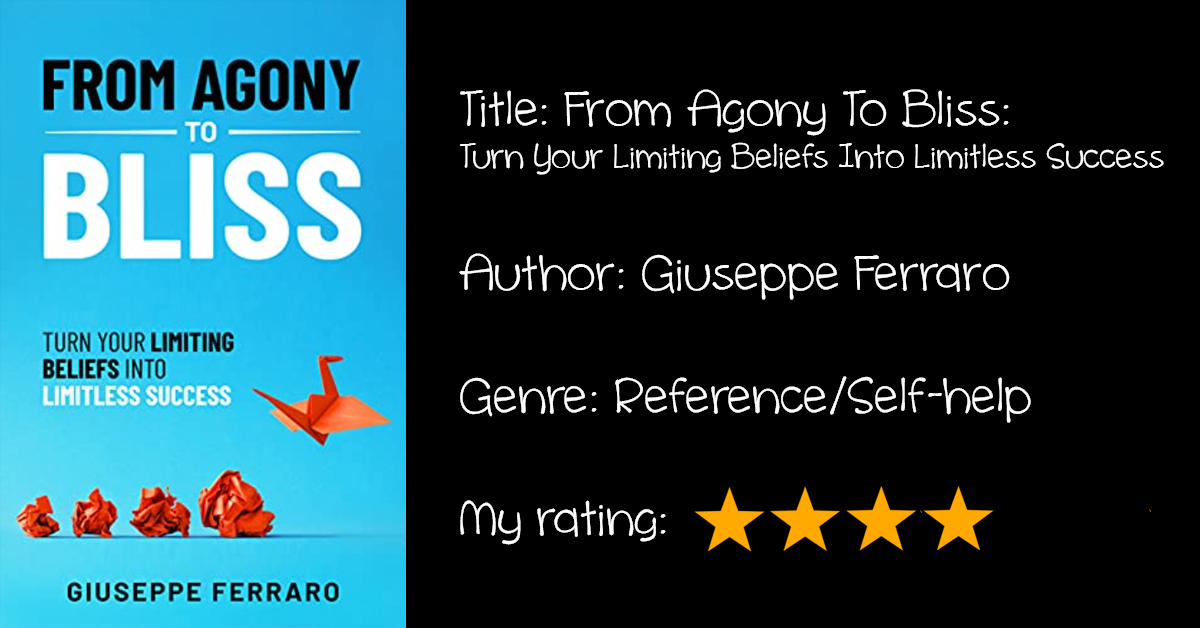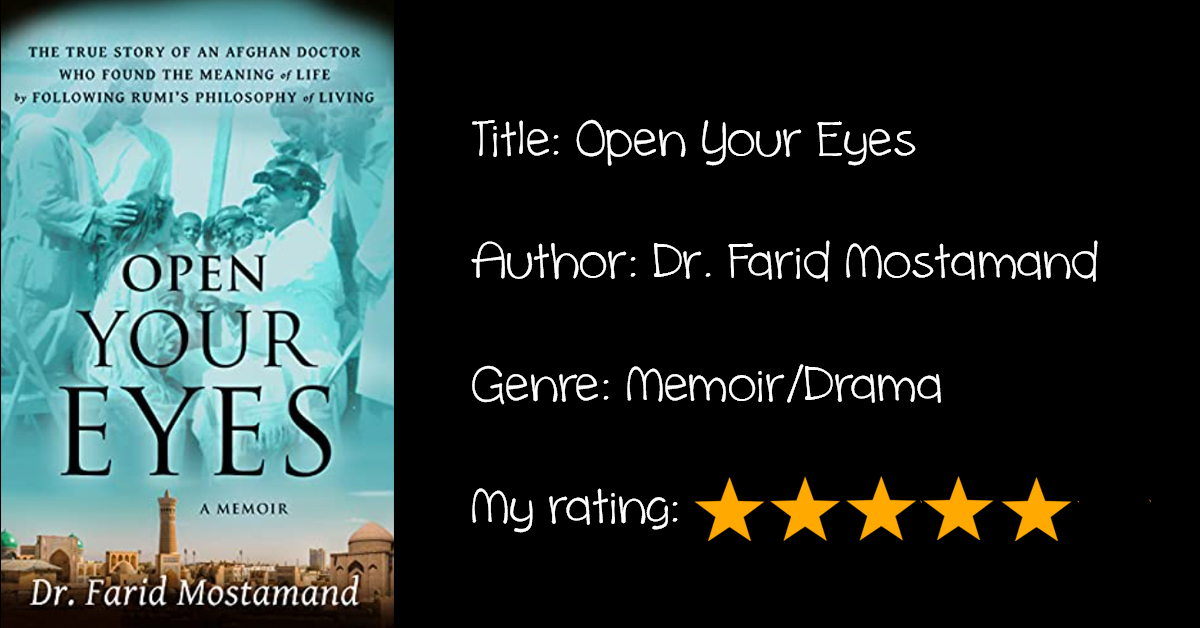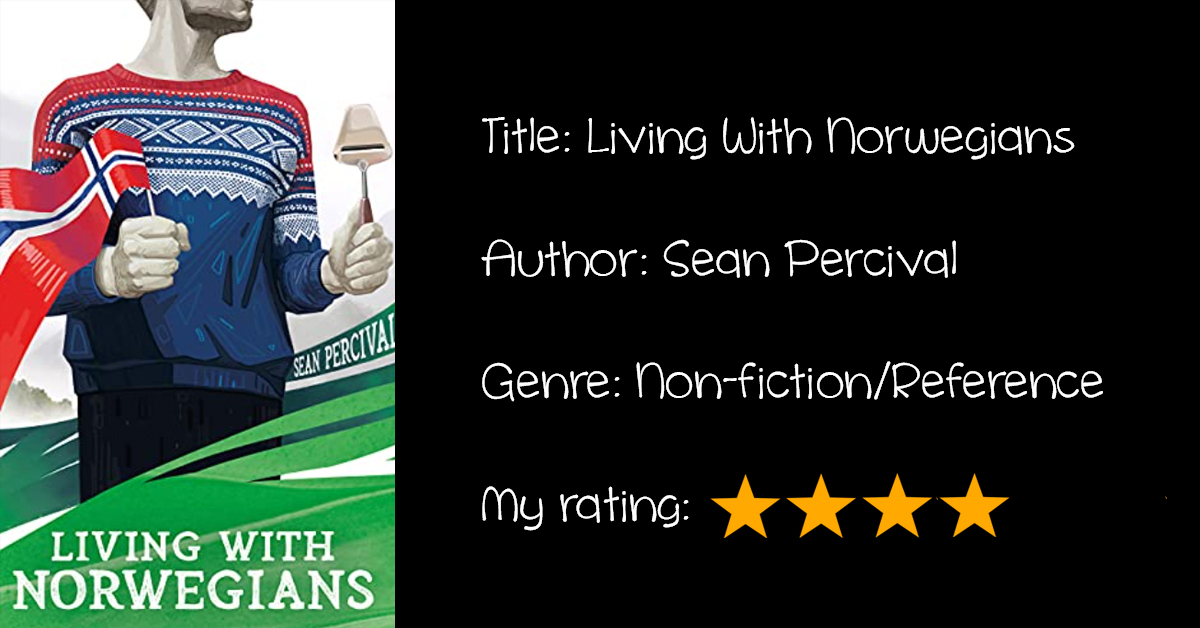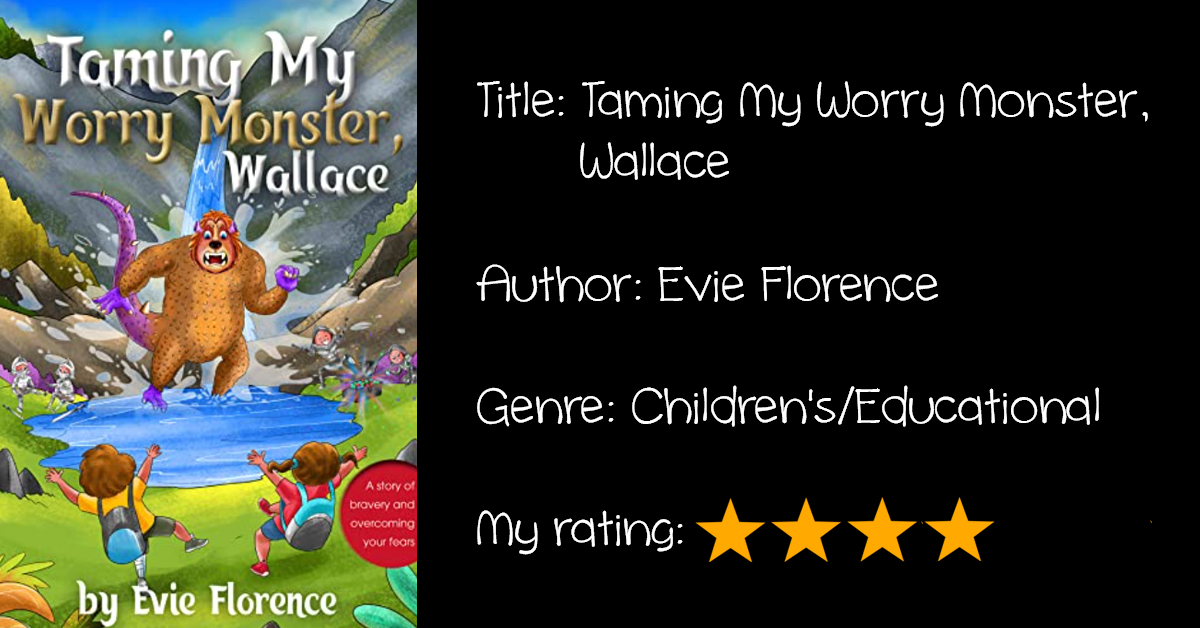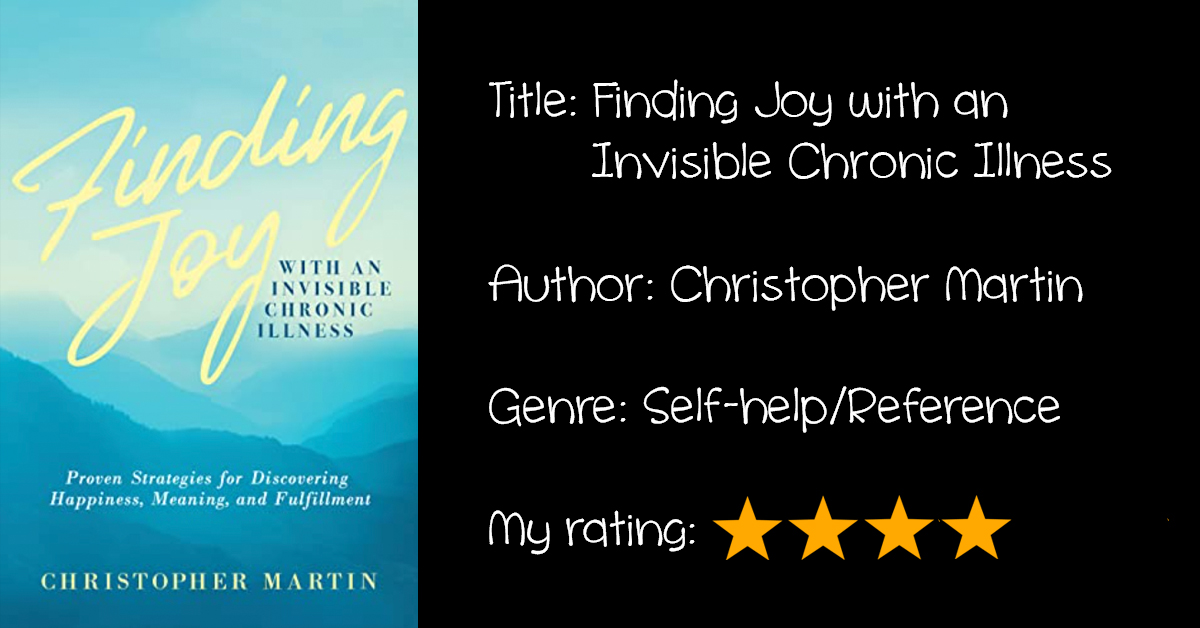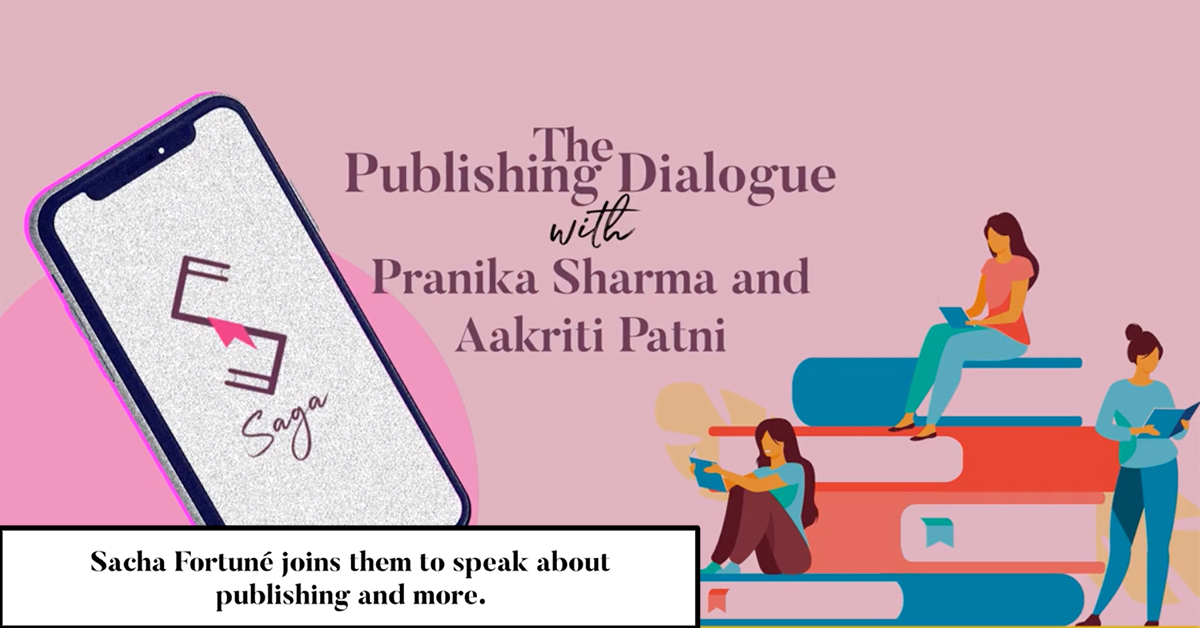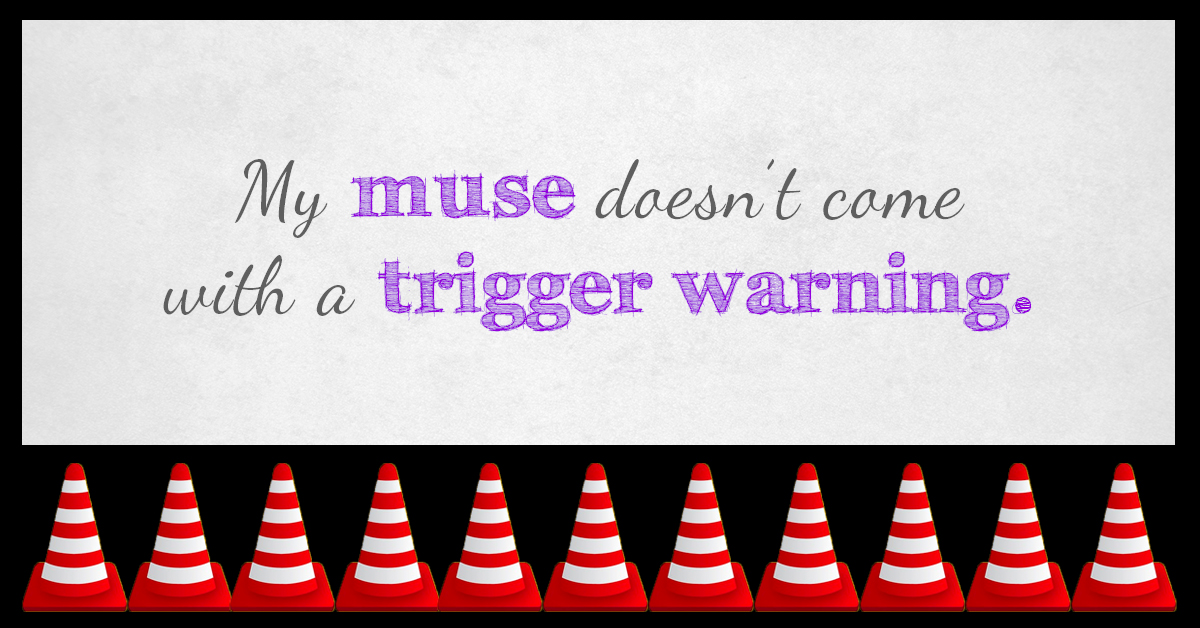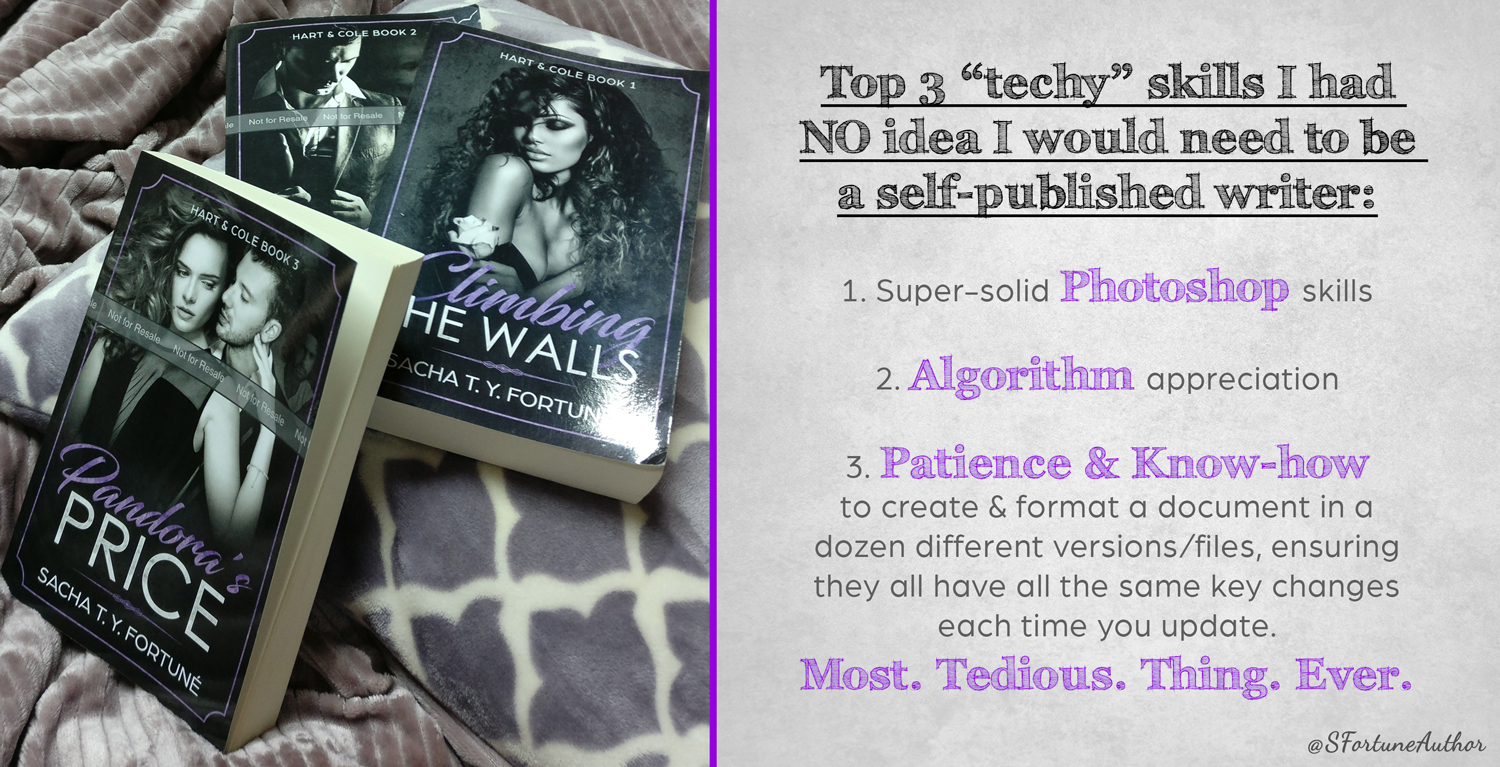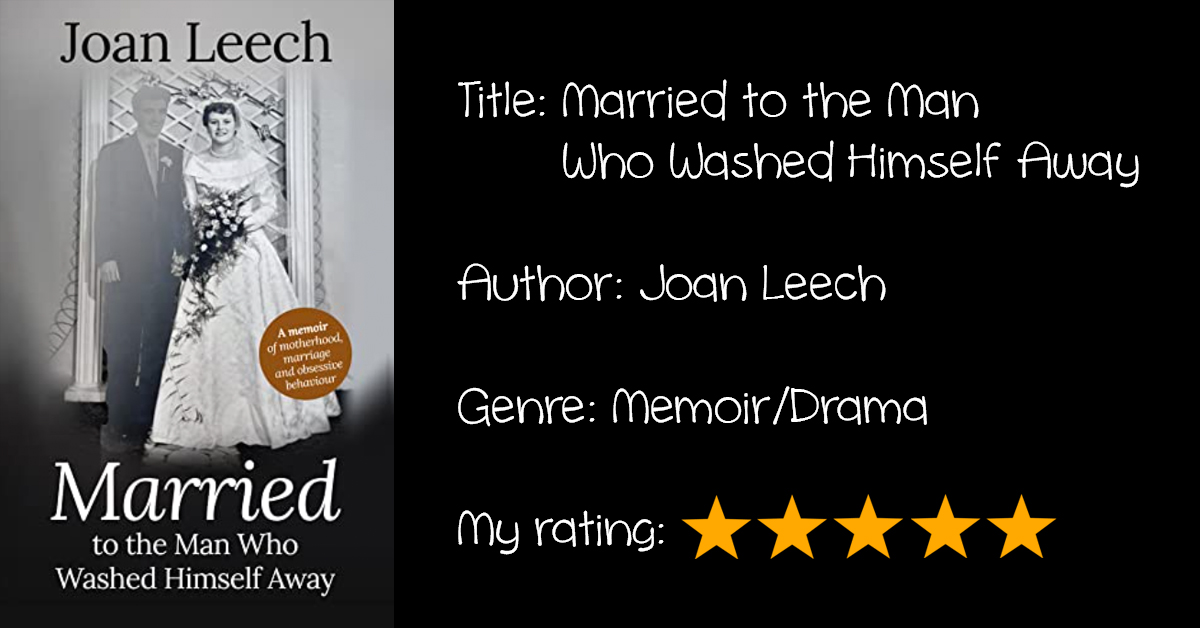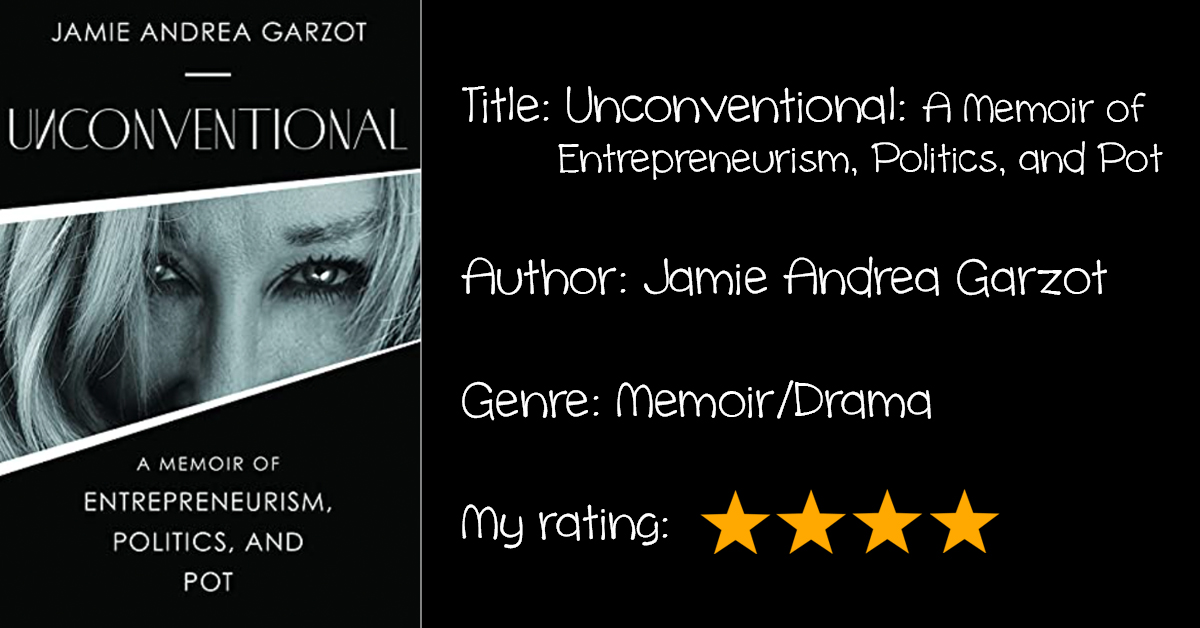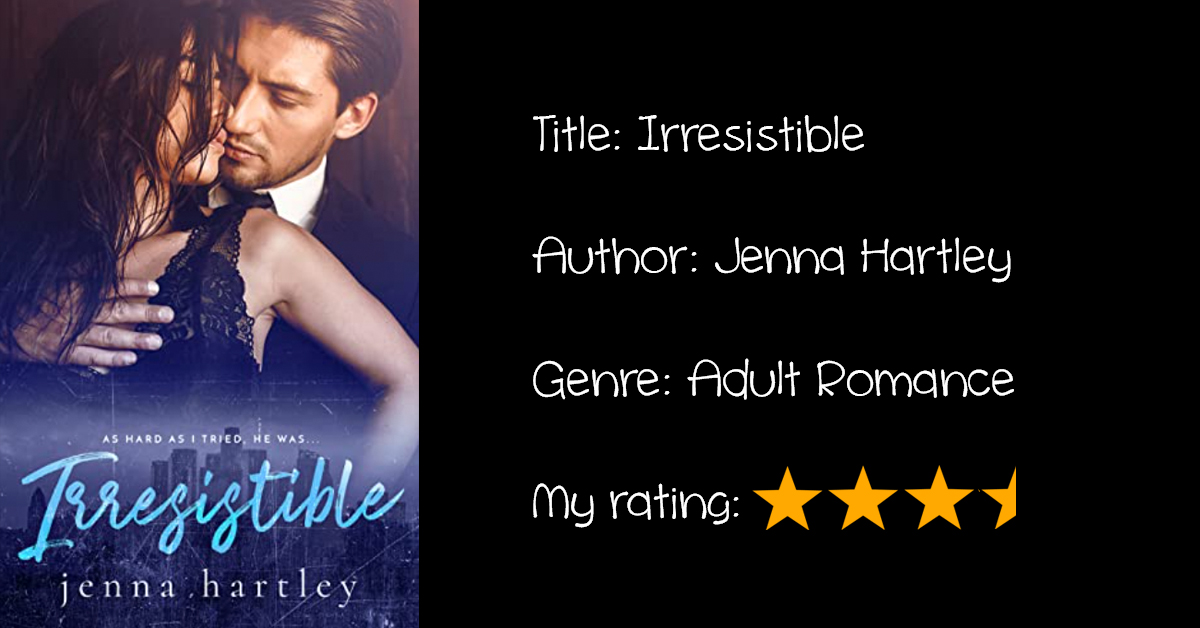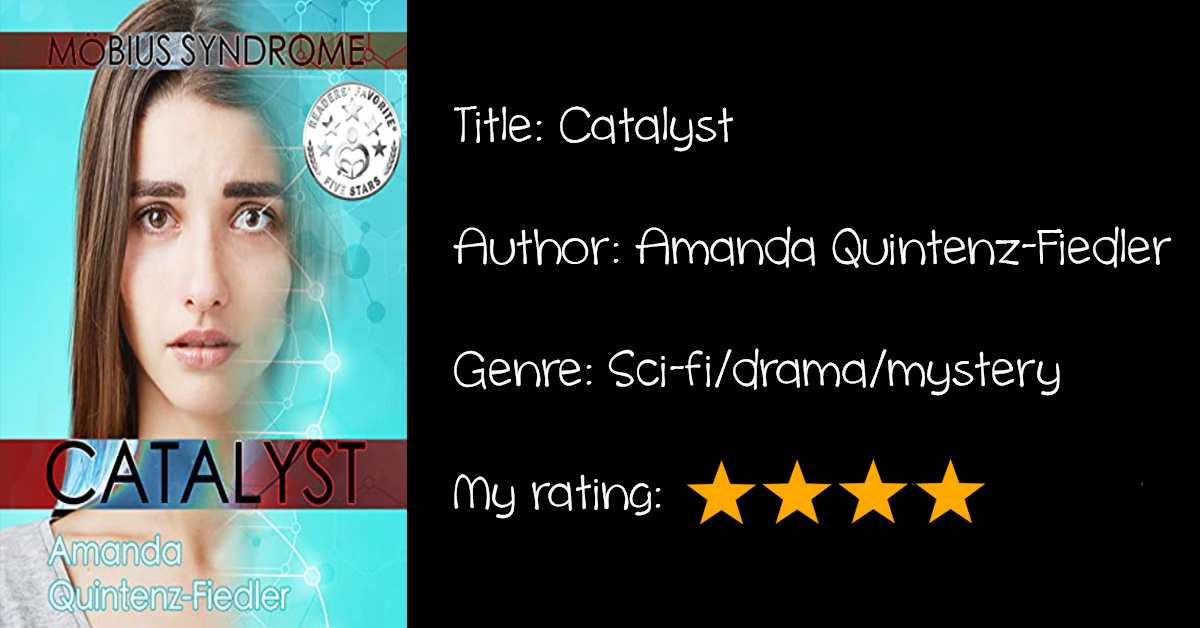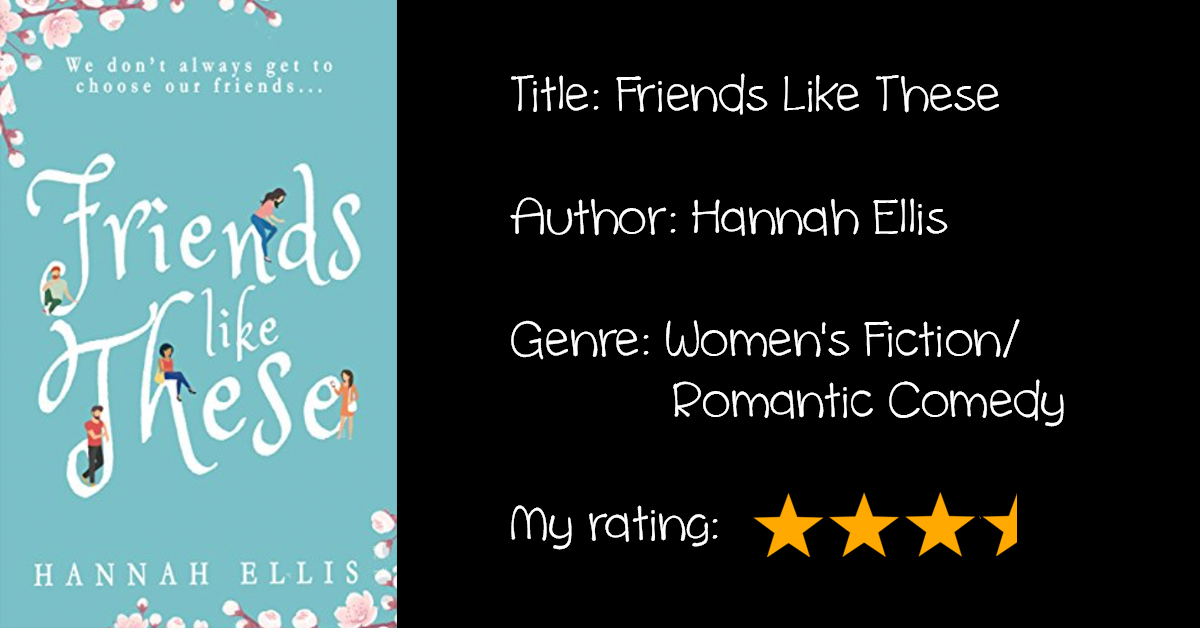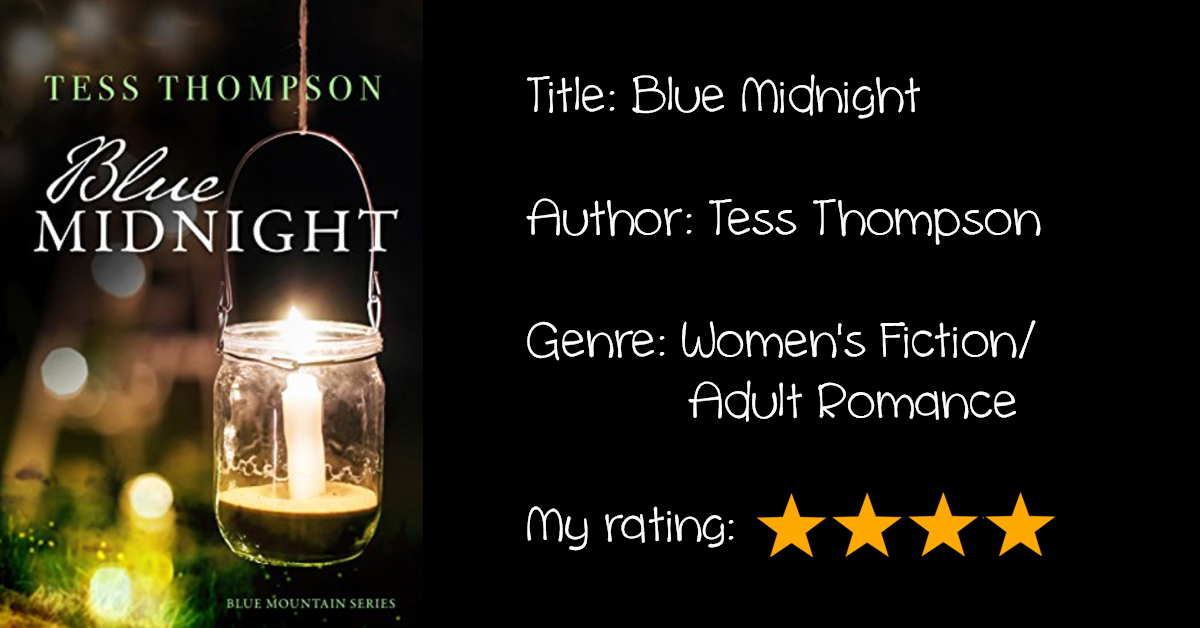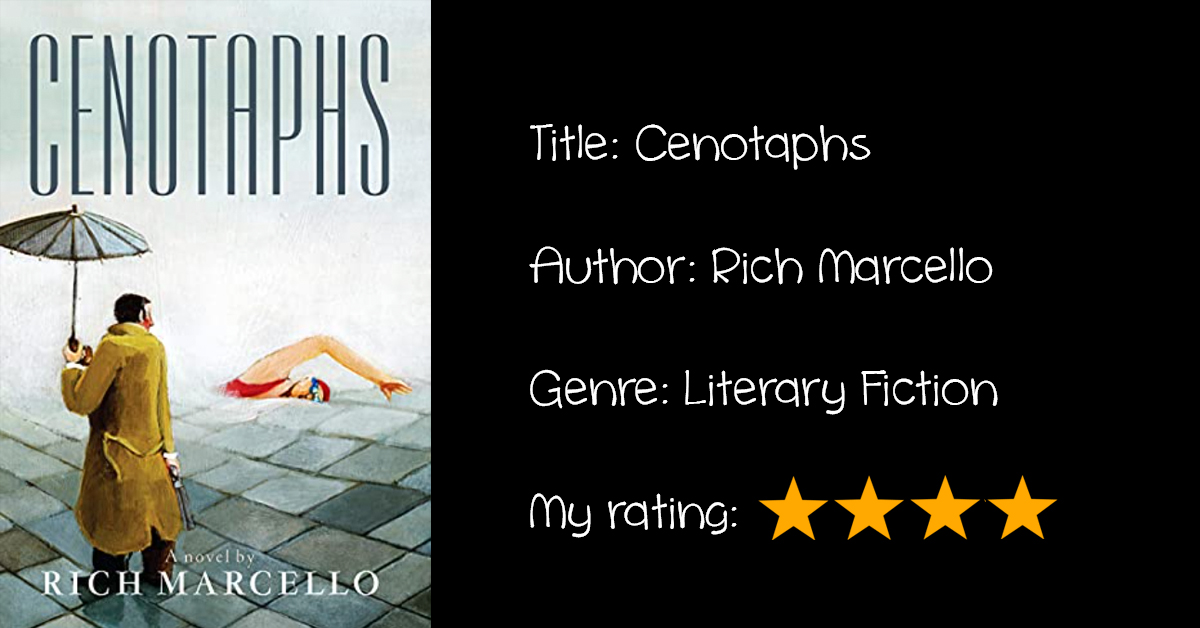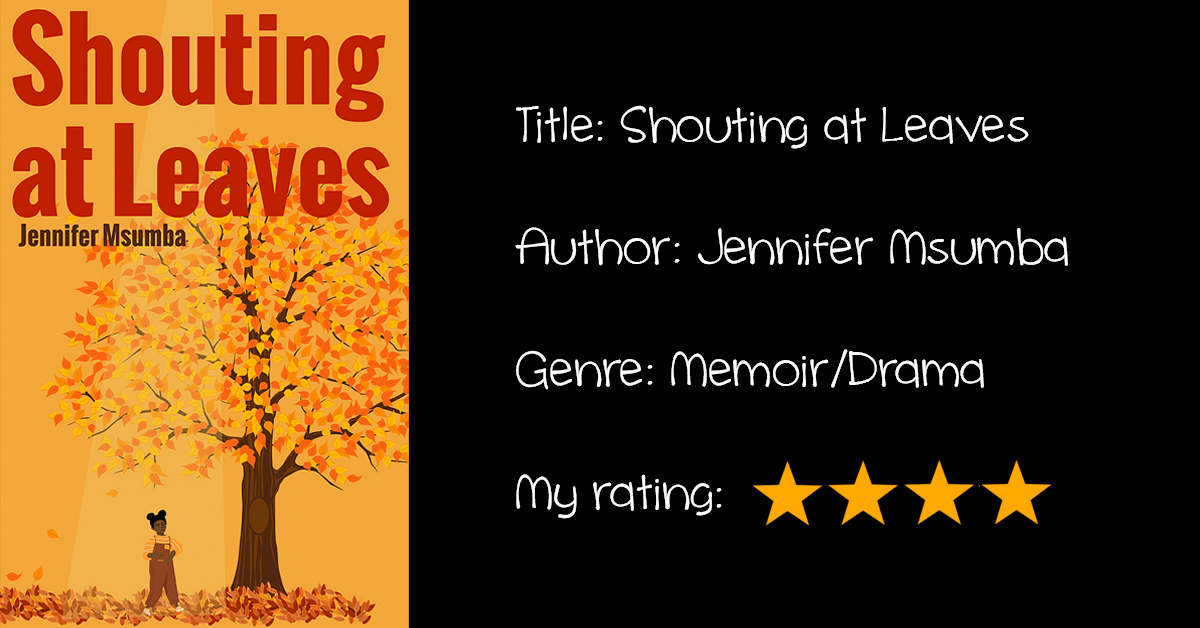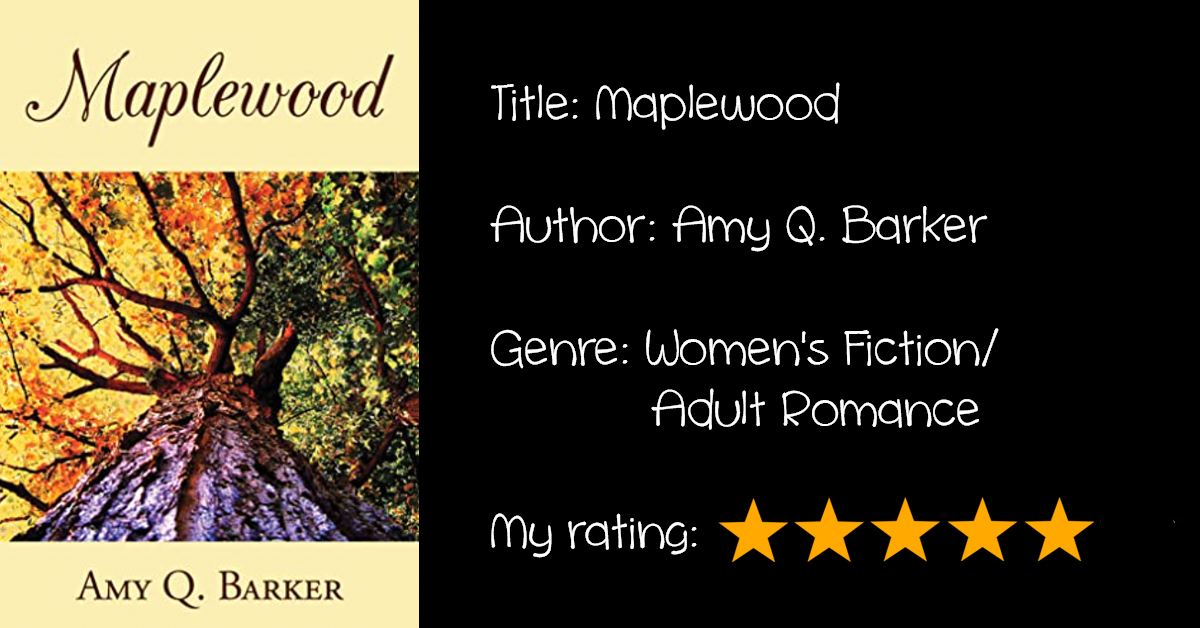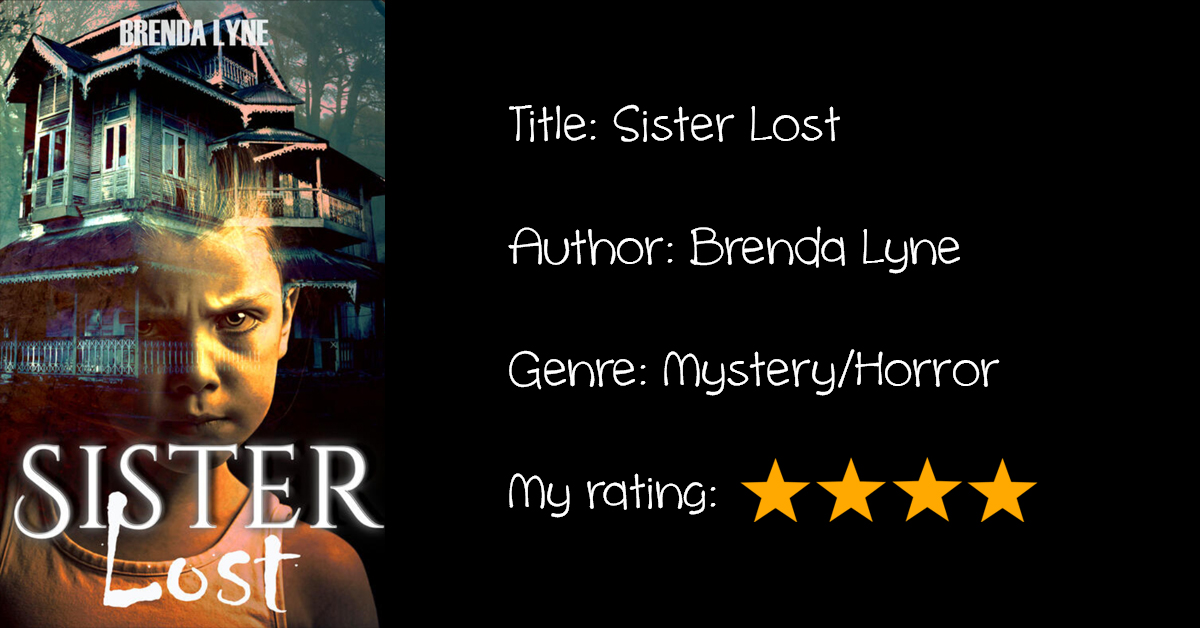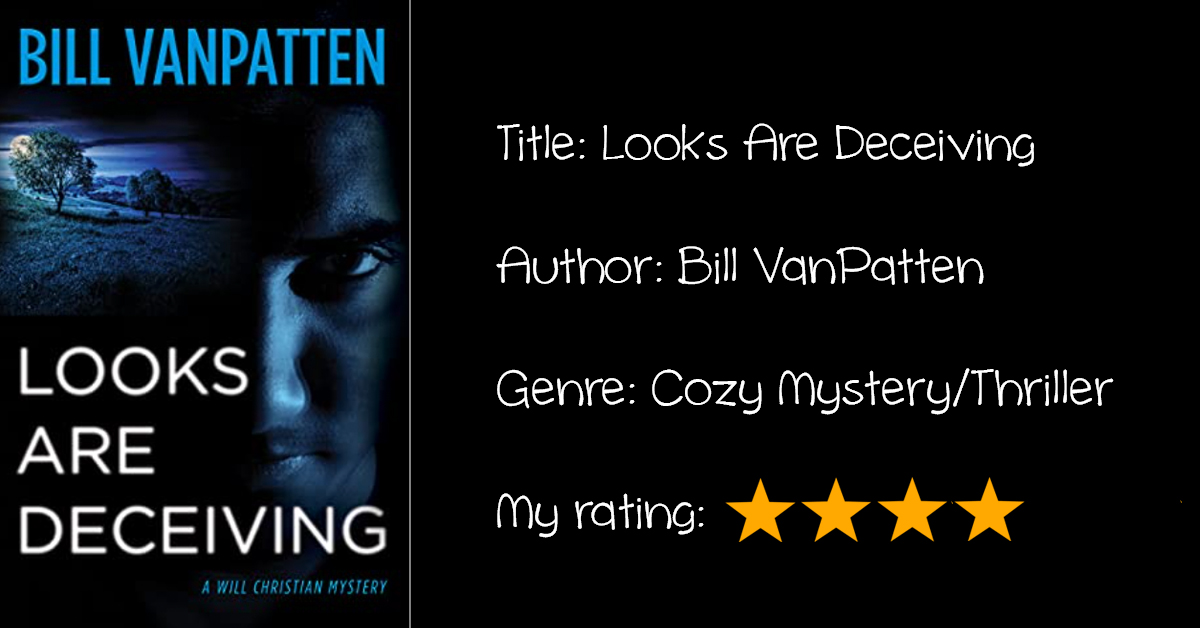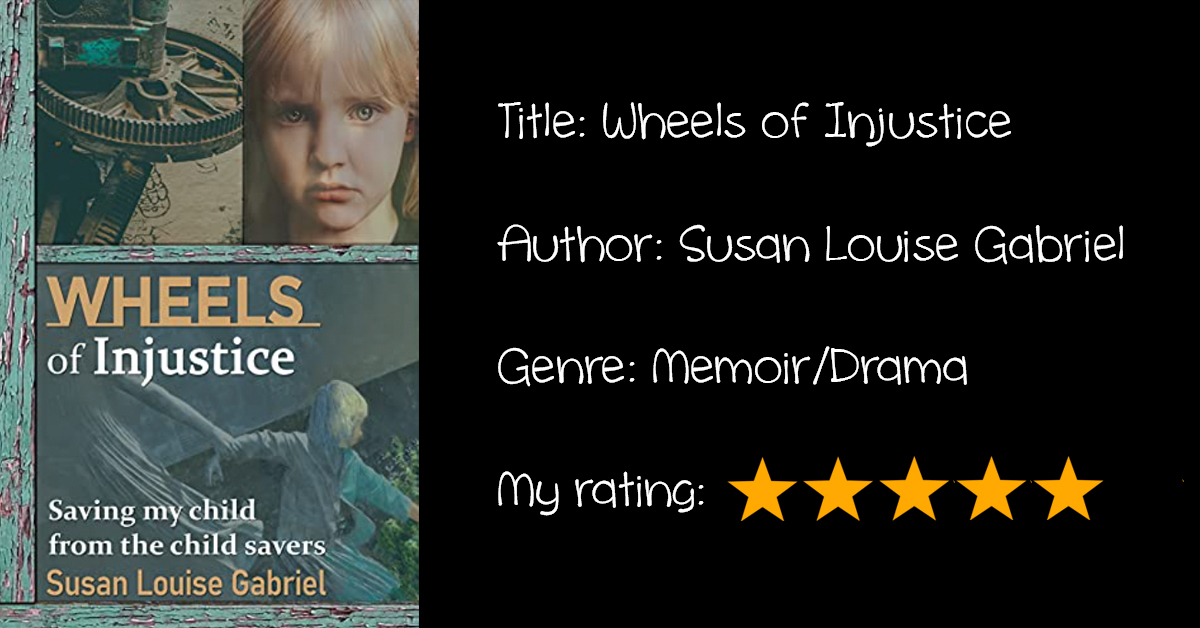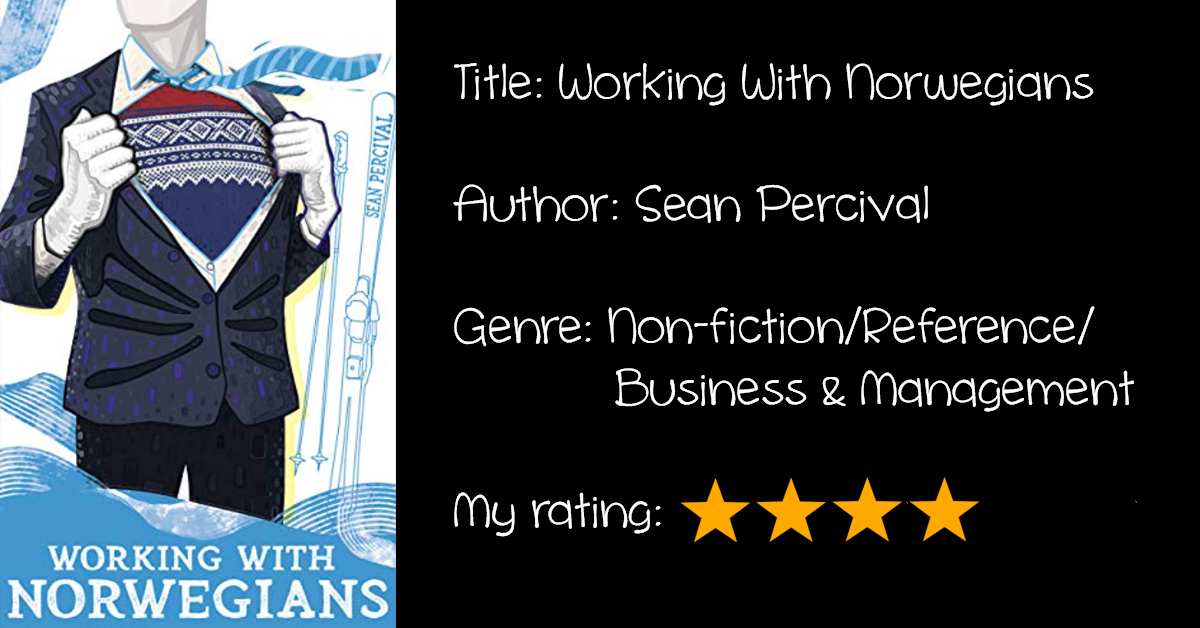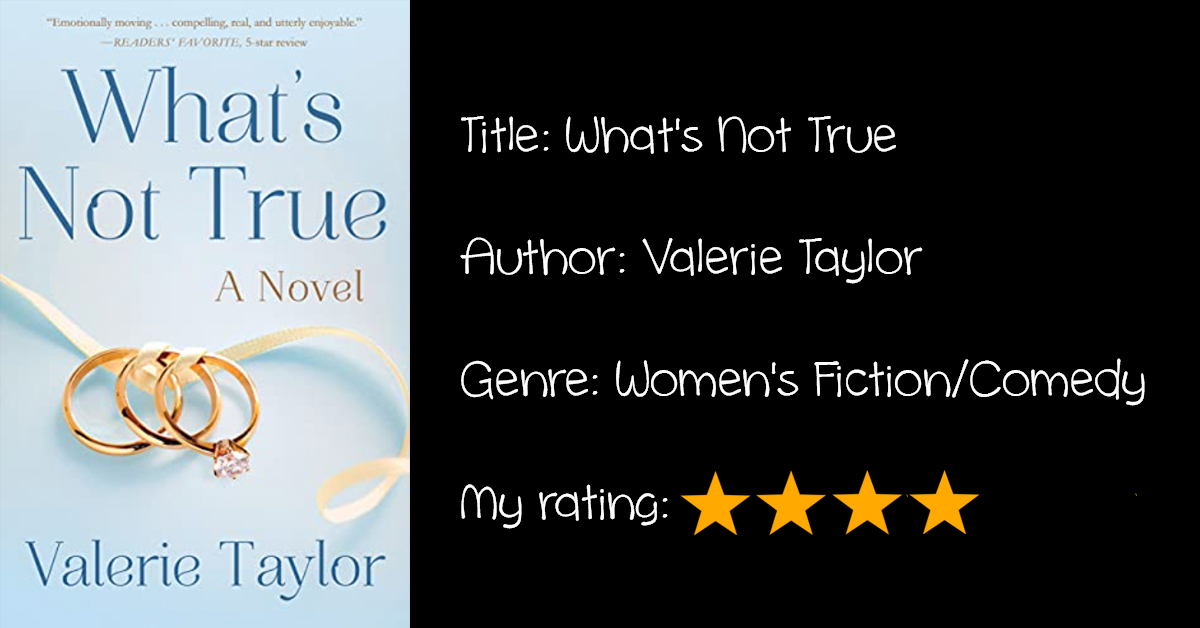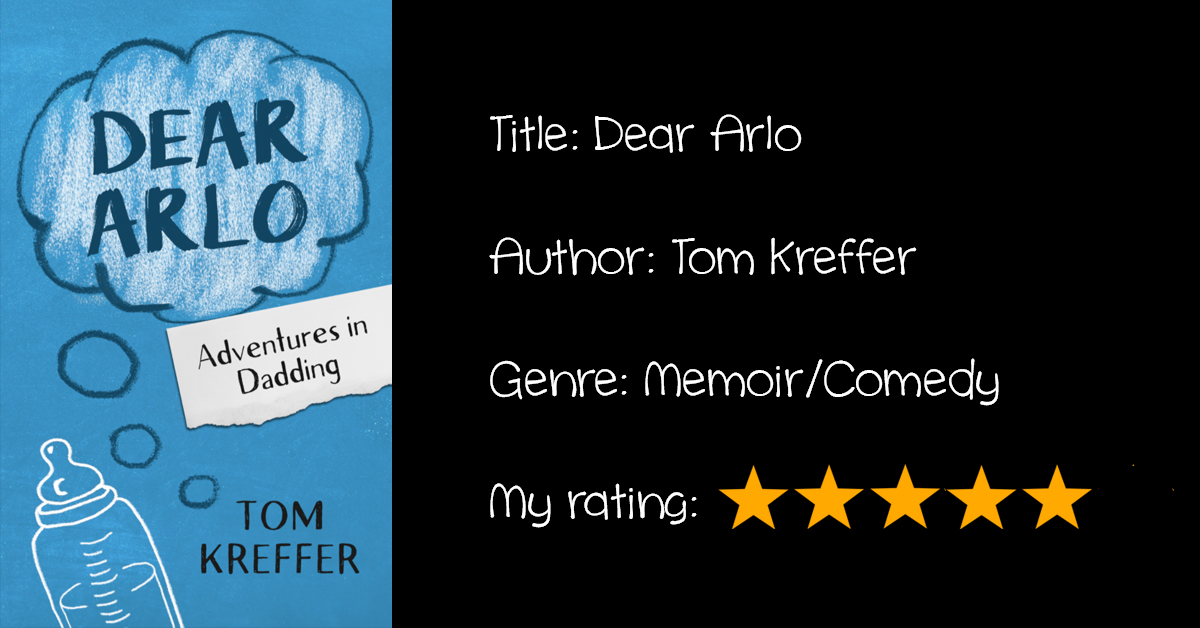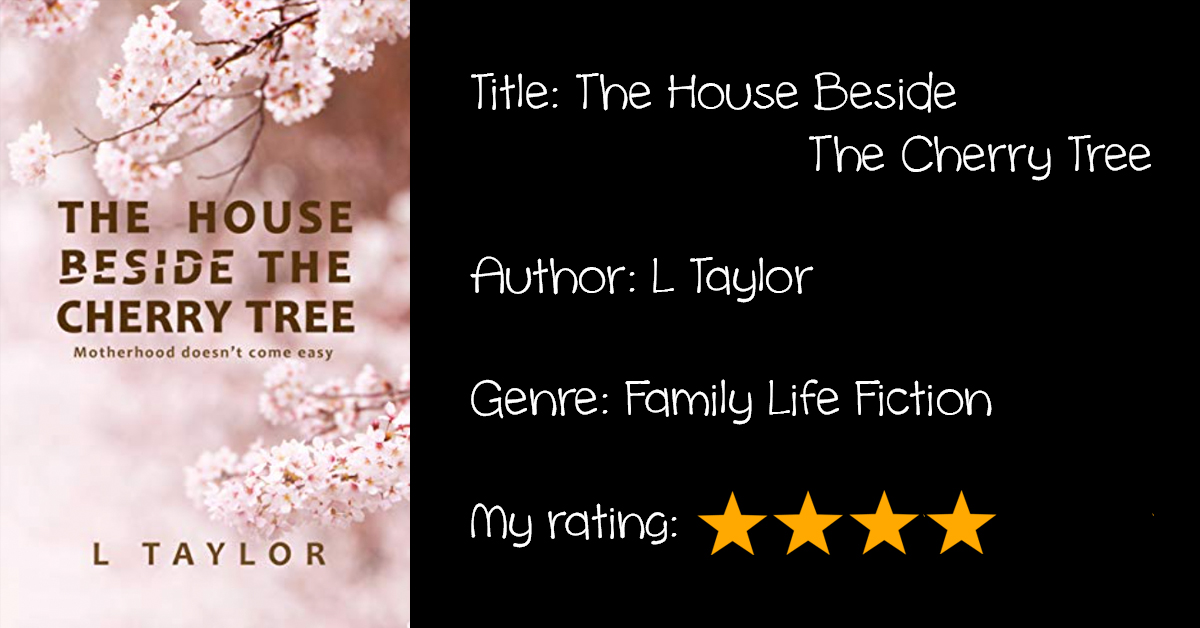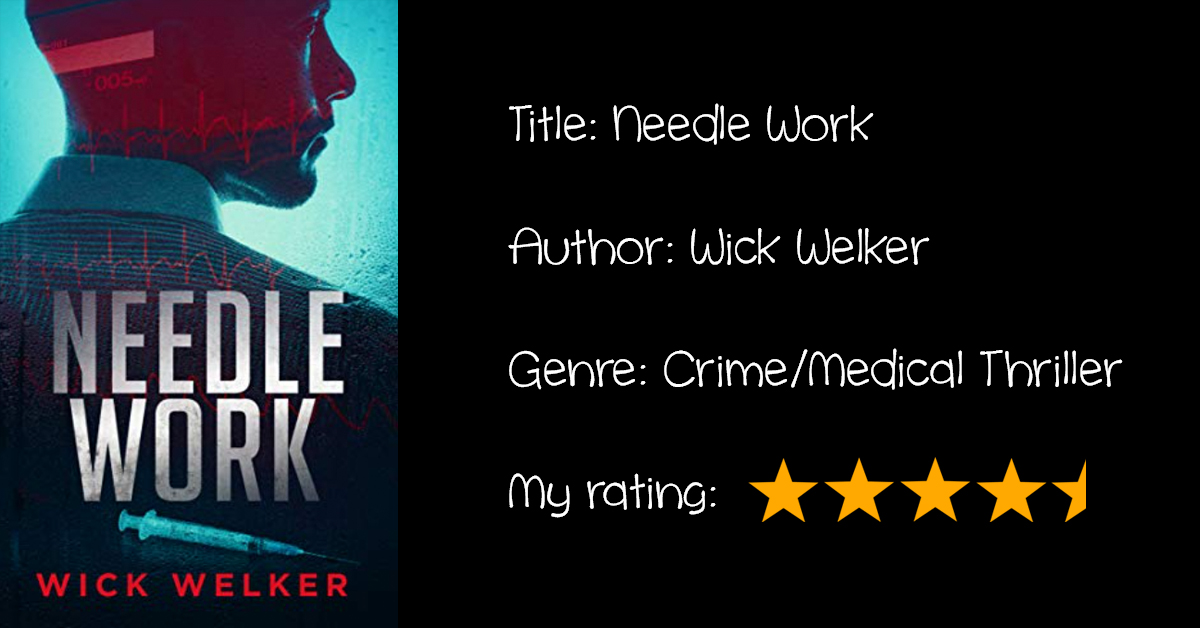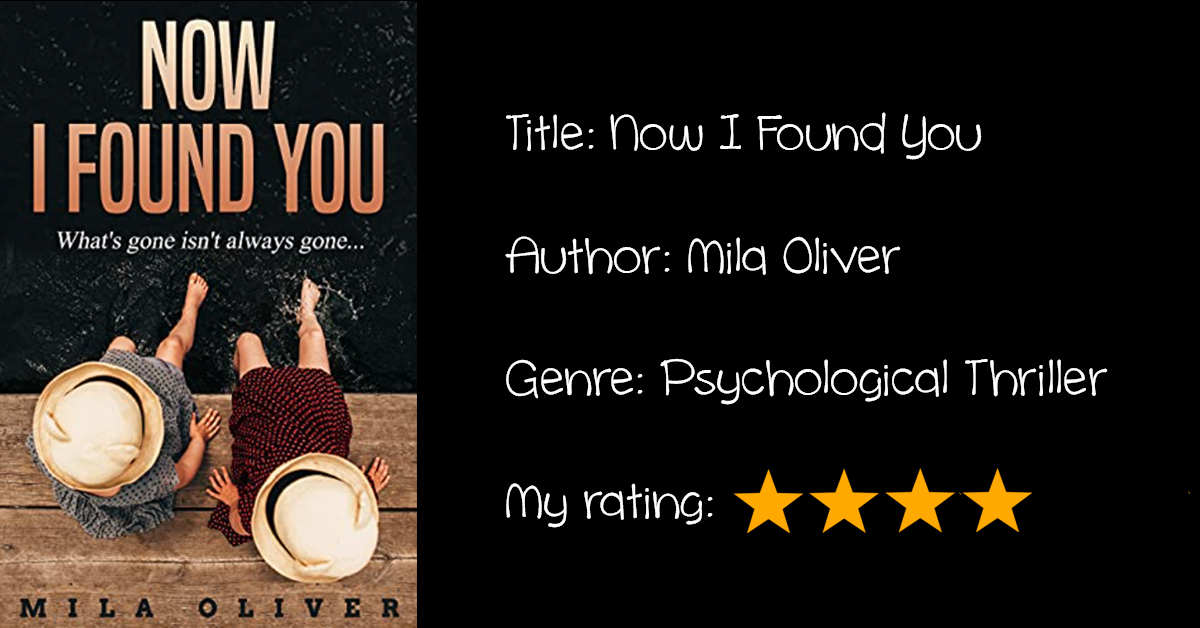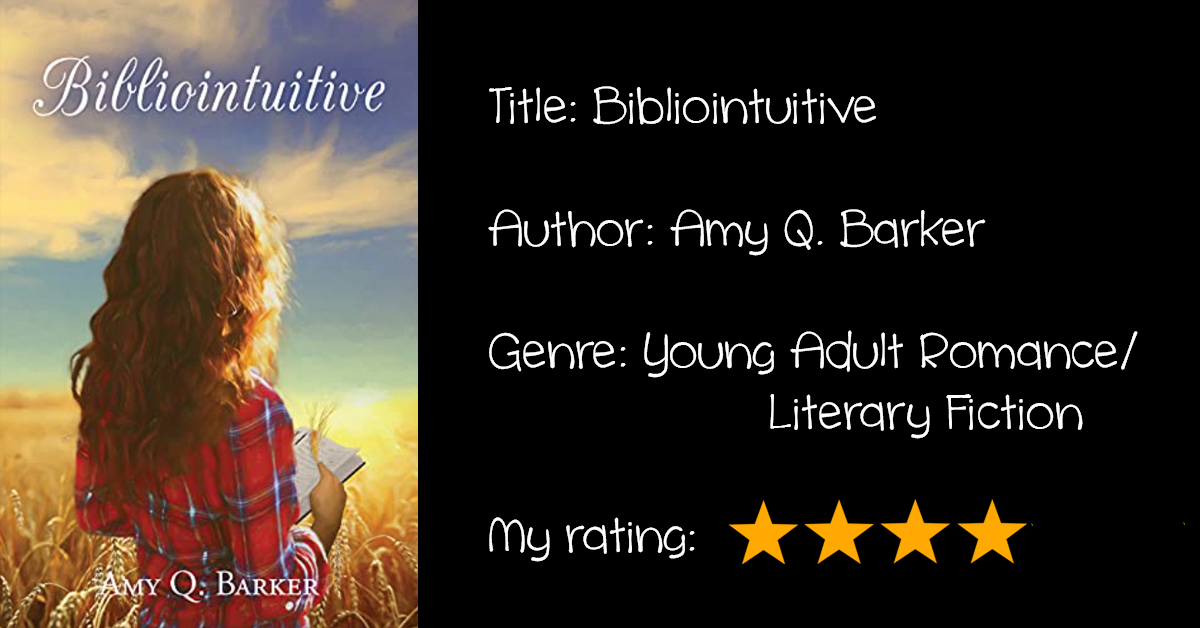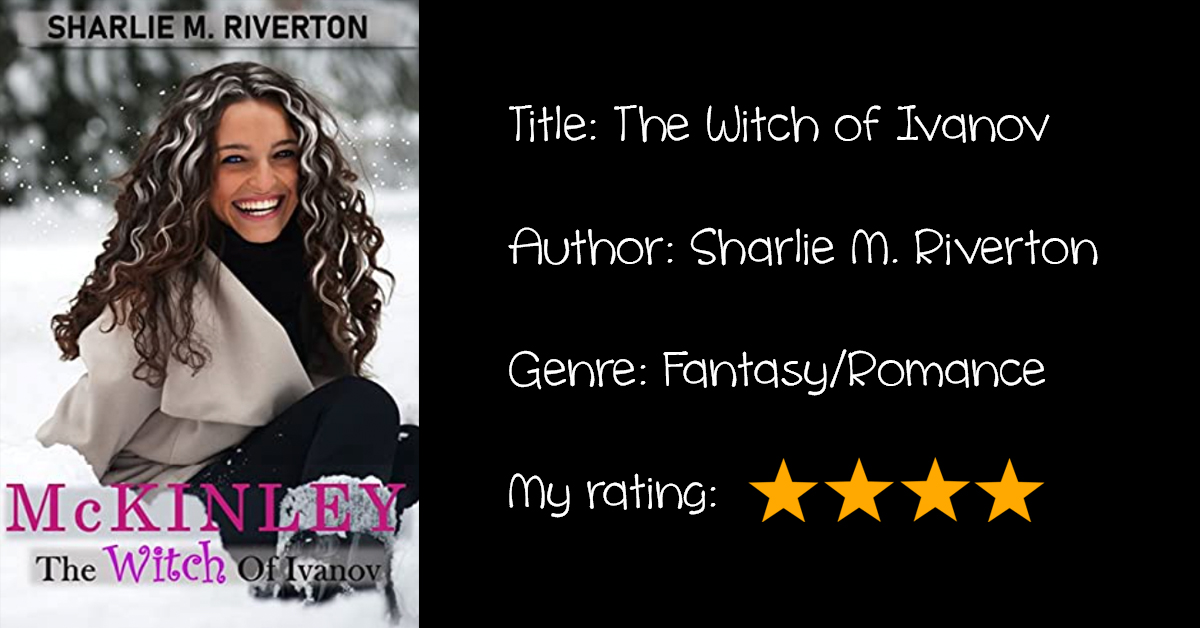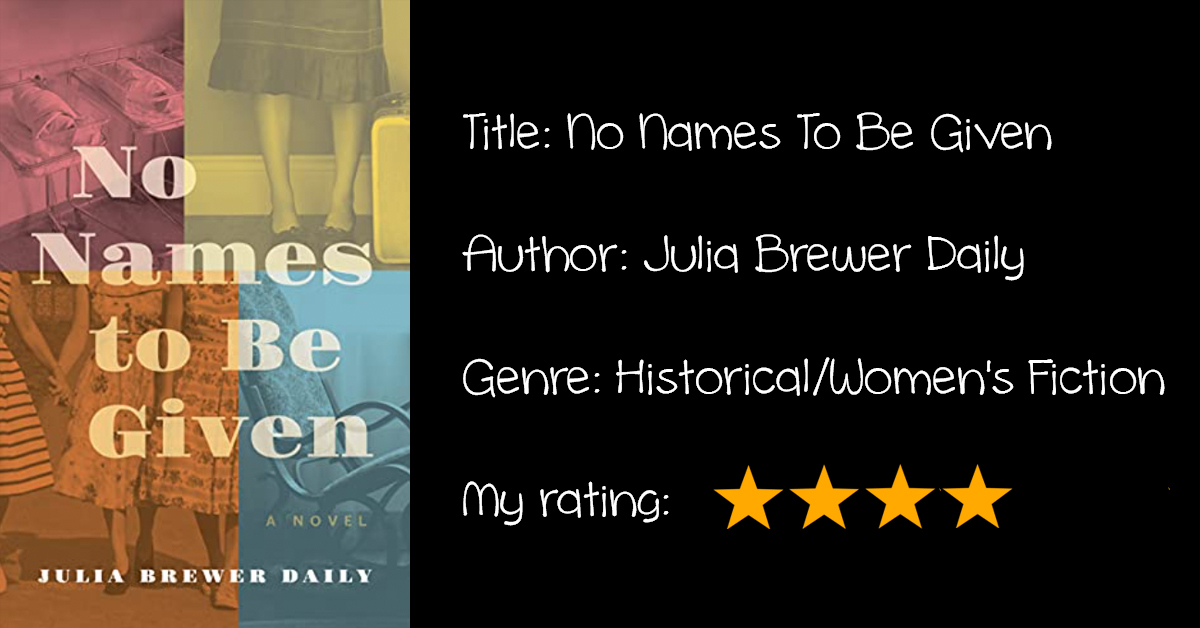Review: “Minus 38”
A memoir of a personal family tragedy and its long-term repercussions on the family members
This was my thirty-second book I chose via the Reedsy Discovery program, for which I am the single approved reviewer for this new book. This review also appears on Reedsy.
If you’re interested in becoming a Reedsy reviewer (and have the chance to get paid “tips” to review books!) check it out here.
The Premise
The tragic loss of the author’s father when she was a young child resulted in long-term effects on the whole family. Interweaving her memories of music during that time, and her own expertise in handwriting analysis, the author recounts her experience growing up and overcoming the trials of life that her family faced.
The Pros & Cons
This was a memoir of a personal family tragedy and its long-term repercussions on the family members.
Beginning with the father’s actions right before his disappearance, we learn about the author’s family and how they were impacted by his loss. I liked reading this short book, and appreciated that the author shared her story.
This will resonate well with others who had similar experiences. I especially enjoyed handwriting samples and music lyrics interwoven into the story — they make you feel as if you are part of her story, and help you experience the era through her eyes.
It was humorous at times as we see the children growing up and playing pranks, and then heartbreaking at times as some of the family members crumble and head down dark paths themselves. Her mother in particular was hit hard by the early loss of her partner, and I can only imagine that kind of pain and how it never gets the chance to heal when you have to focus on raising your family. As we learn about her siblings’ struggles with mental health, it became difficult to read on as we feel their pain.
Though I enjoyed and appreciated this memoir, my challenge from a reader’s perspective was its overall format and its intended audience. Firstly, this will be invaluable to her own family, as a record of their lives to capture what may fade in their memories over time. Secondly, for a wider audience, I can see the book (or excerpts of it) being powerfully delivered in a speech to inspire others. If perhaps I had attended a conference about mental health, and this book was distributed or sold in collaboration with the author’s presentation, I could see it being extremely useful and well received as a tool to inspire others.
However, when a reader picks up a book with no other knowledge of the author, it only has that to go on (as was my case). As a book, the preview is absolutely beautiful, and intrigued me to read further; but as the story unfolds, it covers an entire lifetime of experiences within a short word count, so the initial taste of mystery and nostalgia emerges into a more factual approach to the events that occurred. It would have worked better (as a book) if it were part of a larger volume of many people’s experiences, or if perhaps several of the individual family members’ experiences from their perspectives were combined to weave the tale of what happened to everyone. I was intrigued by the glimpses we get of their lives, but as a reader I just wanted to know so much more! Nevertheless, on its own merit, I was grateful that the author was able to reflect on the past, and this memoir in itself is a triumph — it truly is a story of resilience.
Conclusion
Overall, this memoir is well-written and interesting. I have reviewed quite a few memoirs recently and what stayed with me was the power of the author’s voice as they chart the emotional journey from past to present. Though I did wish for a bit more in terms of wider context, that emotional journey is definitely here, and makes this memoir memorable. I am sure writing this — putting thought to paper — was a cathartic experience, and sharing with others is part of the healing process. I recommend to other readers, and really hope the author uses this book in as many ways as possible to inspire others with her story of resilience and perseverance.
